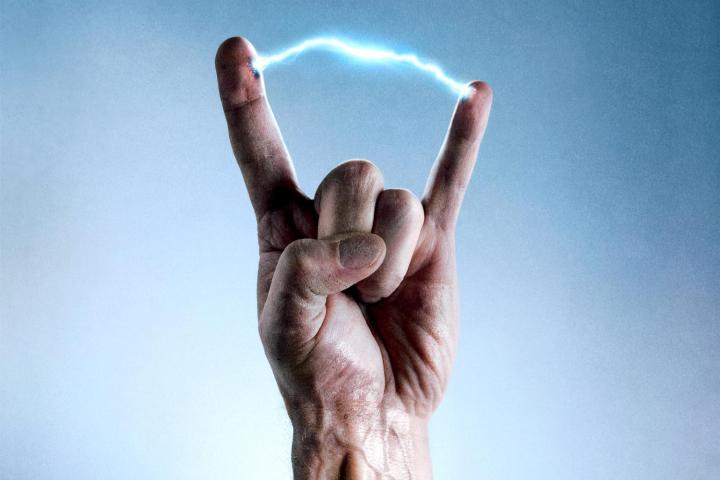
Shape adaptive triboelectric nanogenerators (saTENGs) are the newest outcrop of Zhong Lin Wang’s TENG technology, which he developed four years ago. TENGs are tiny generators that create static electricity from the friction of two different materials with different affinities for electrons. Electron-hungry materials, such as silicon, take electrons from more charitable materials, such as glass or nylon, as IEEE Spectrum points out.
The issue is, when those materials rub against each other for long enough, they tend to fall apart. Wang’s innovative solution was to corrugate the material’s surfaces so that pressure alone would induce the friction necessary to generate electricity.
For the past four years, Wang and his team have been developing TENG for new uses. At the beginning of their research, they were unable to harness this frictional electricity in a soft and bendable material. Well, now they say they can.
“The key difference of this work from our previous work is using a conductive liquid instead of a conductive solid as part of the TENG,” Wang told IEEE Spectrum. “As a result, the entire structure is fully flexible, adaptable, and can fit to any geometrical surface.”
In an effort to show how powerful saTENG’s energy generation is, Wang and his team placed the material on a subject’s shoe and had the subject walk around. Each step produced enough energy to power 80 small LED lights as the subject walked, reports IEEE Spectrum.
But saTENG’s aren’t just for keeping rooms brighter. Wang told IEEE Spectrum he and his team are researching the medical and healthcare utility of a material that can generate energy from something as subtle as a footstep, handshake, or head scratch.
Editors' Recommendations
- World’s most powerful tidal turbine begins generating electricity
- DeLorean could could make a comeback as an electric car
- 2022 Ford E-Transit electric van will make delivery services greener
- Tesla’s new million-mile battery could finally make electric cars affordable
- Alphabet gives up on ambitious energy-generating kite project


